Brutalist book club: colossal compendiums of concrete architecture
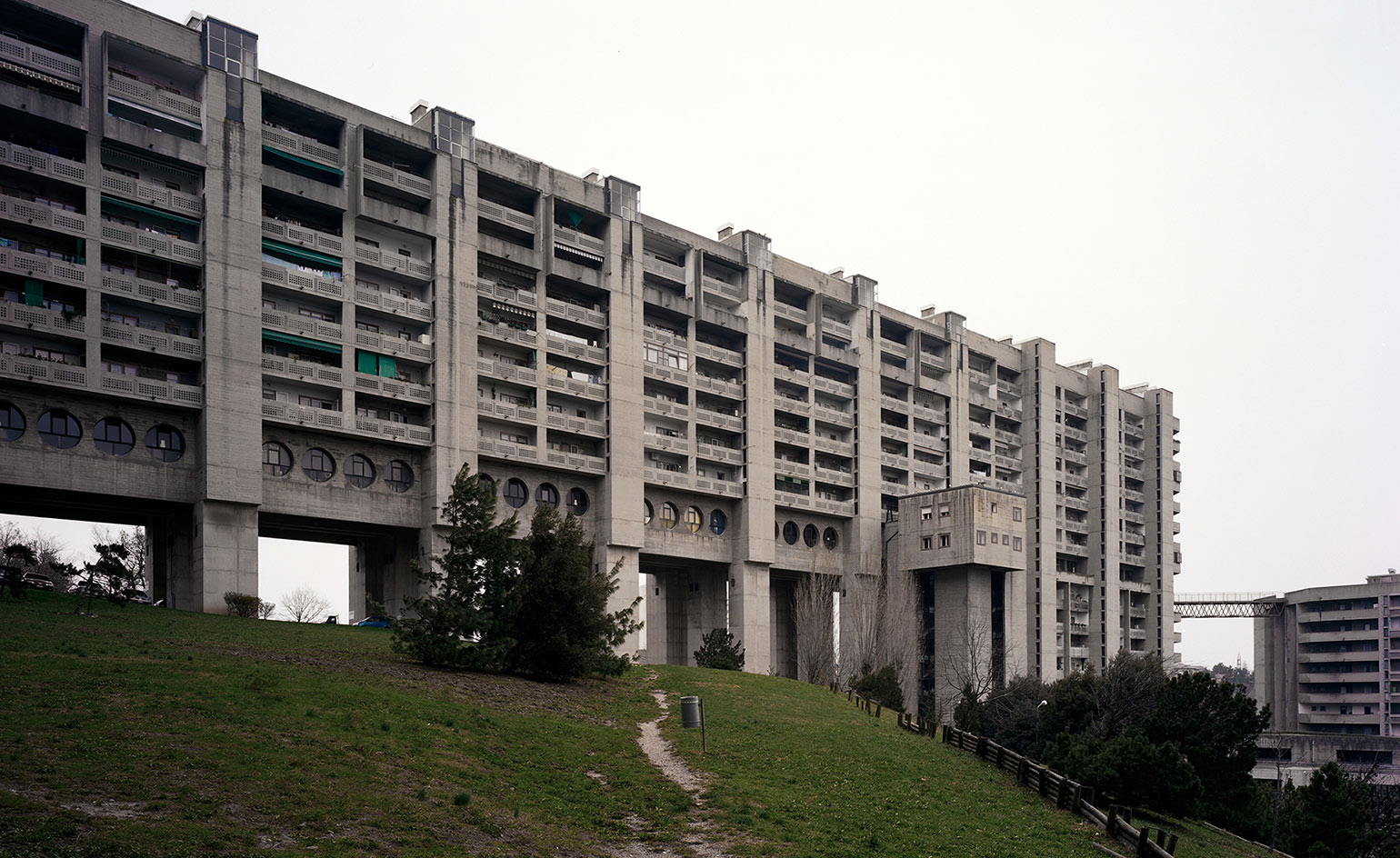
Hefty monographs about concrete were everywhere in 2017. Once a marginalised and maligned genre, brutalism has burst back onto the design scene, cited as inspiration by a new generation seduced by the authenticity and heroic ambitions of this impressive architecture.
Yet as well as being fetishised for its rough and ready qualities, there’s also a growing desire to preserve the best examples of concrete architecture in the face of widespread indifference and downright hostility.
The end of 2017 saw three big books tackling different aspects of buildings built of concrete. Photographer Simon Phipps’ Finding Brutalism is perhaps the most straightforward.
Phipps presents a less glamorous take on British concrete architecture, unafraid to portray this architecture rather less than glamorous by lingering over the stains, streaks and brooding massing that – depending on your point of view – make concrete architecture either boldly authentic or bleakly awful. Close cropping and framing also reduces these buildings to a series of abstract forms, removing their scale, monumentality and occasional oppressiveness.

Boston City Hall was completed in 1968
From rich imagery we move on to incisive analysis, courtesy of another book for the brutalist bookshelf. Simon Henley’s Redefining Brutalism seeks the bits of brutalist architecture that are still relevant in order to reclaim them for contemporary practice.
As an award-winning architect at London practice Henley Halebrown, he knows a thing or about a materials-led approach but most importantly of all, Henley’s brutalism isn’t fixated on raw, board-marked concrete, but on the social idealism that underpinned so many of these buildings. The best brutalist buildings were an aesthetic and programmatic response to a more egalitarian society, free from the hierarchies of traditional architectural design. Now, more than ever, we need this kind of approach.
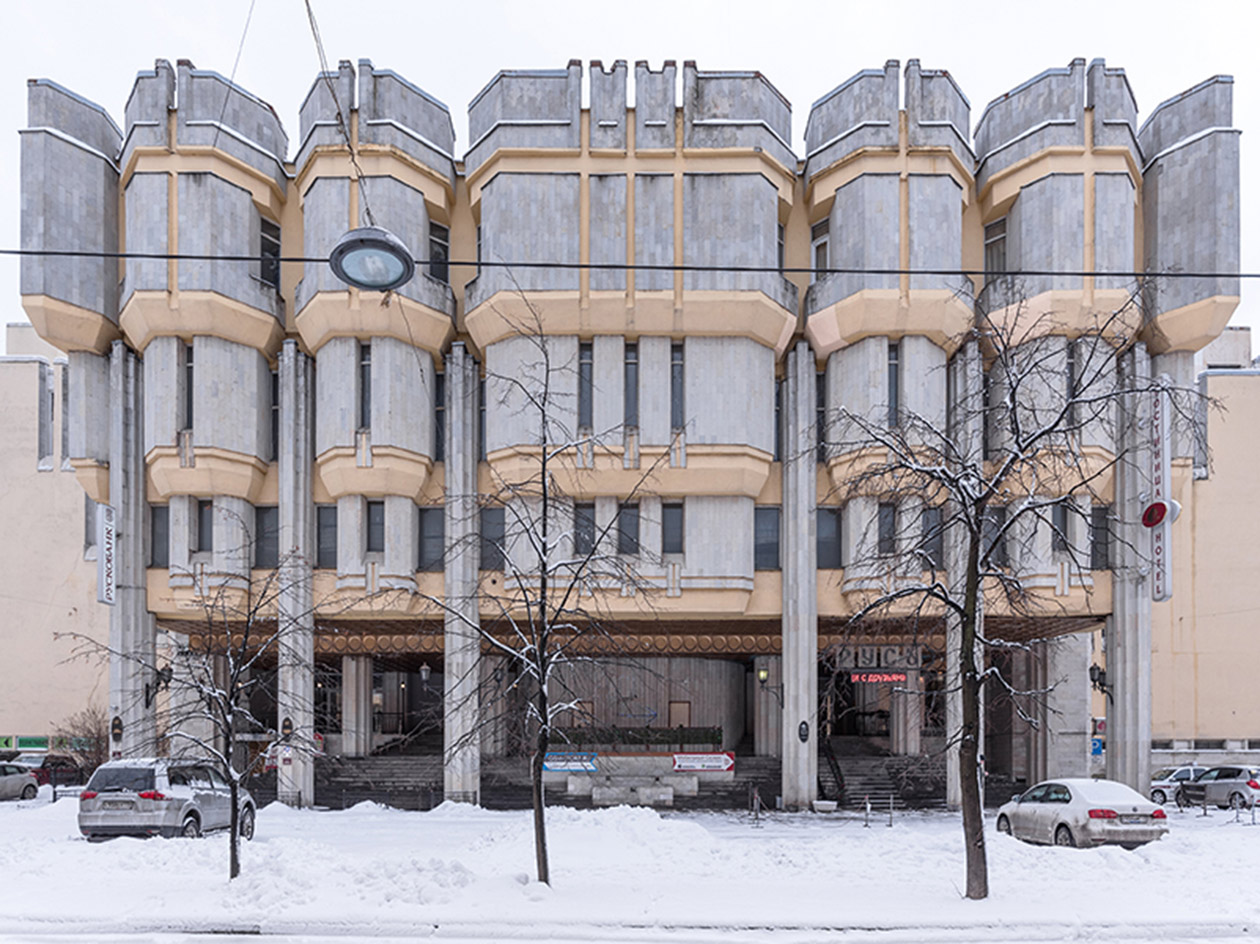
Hotel Rus, St Petersberg, built between 1980 and 1988
Finally, we have SOS Brutalism, a monumental survey of the more esoteric expressions of concrete architecture around the world, with a special focus on those that are threatened by alteration or demolition.
This impressive book, which grew out of a collaboration between the Deutsches Architekturmuseum and Wüstenrot Foundation and was edited by Oliver Elser, Philip Kurz, Peter Cachola Schmal, is a treasure trove of unsung buildings and oddities, including works in Russia, the Middle East and Asia. Covering the period between 1950 and 1970, it uses new photography and archive imagery to rally for preservation and recognition, making it a must for lovers of architecture’s more far-flung fringes. Lovers of raw surfaces, bold forms and naked concrete are spoilt for choice.
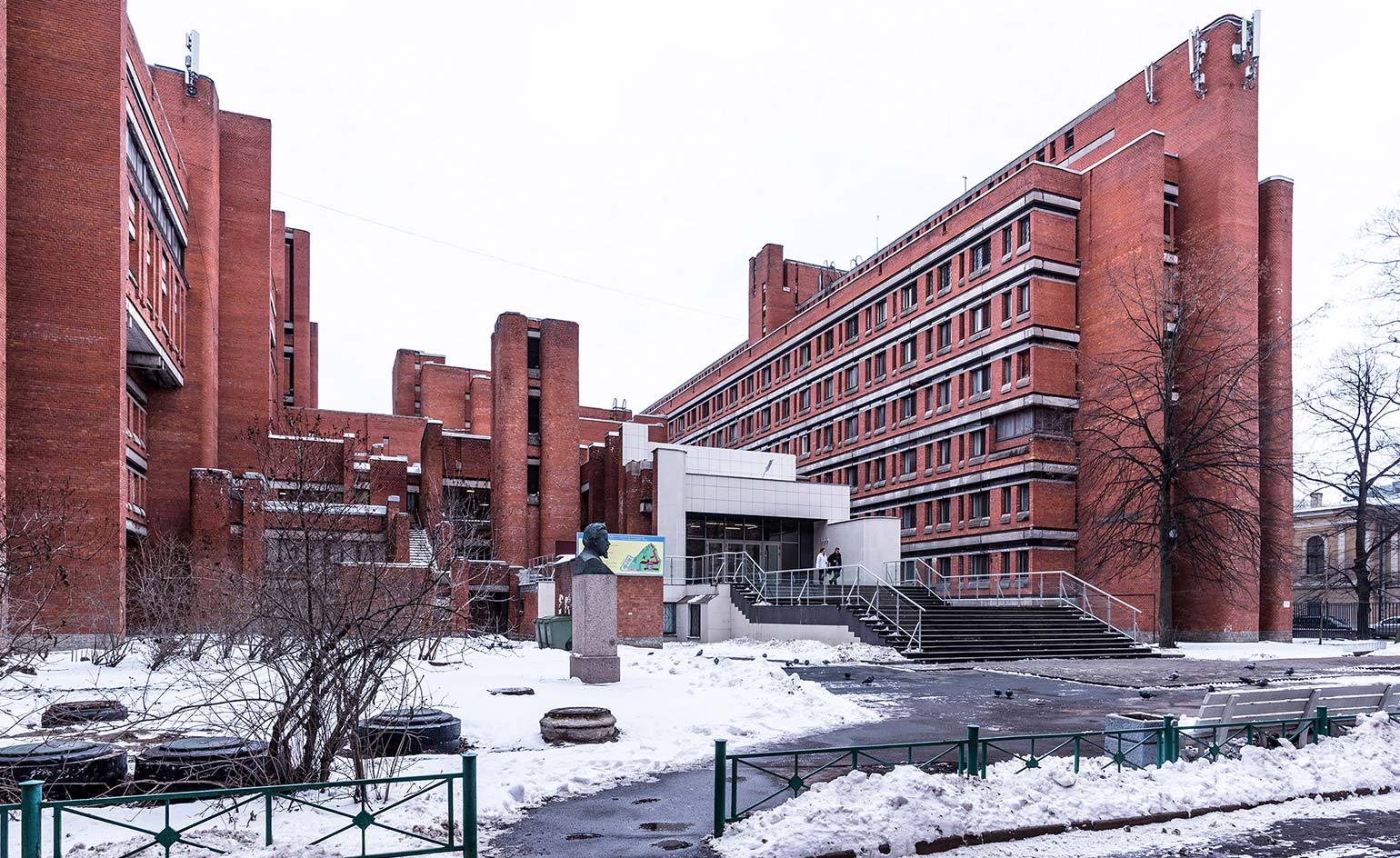
The imposing and austere Leningrad Electrotechnical Institute in St Petersberg
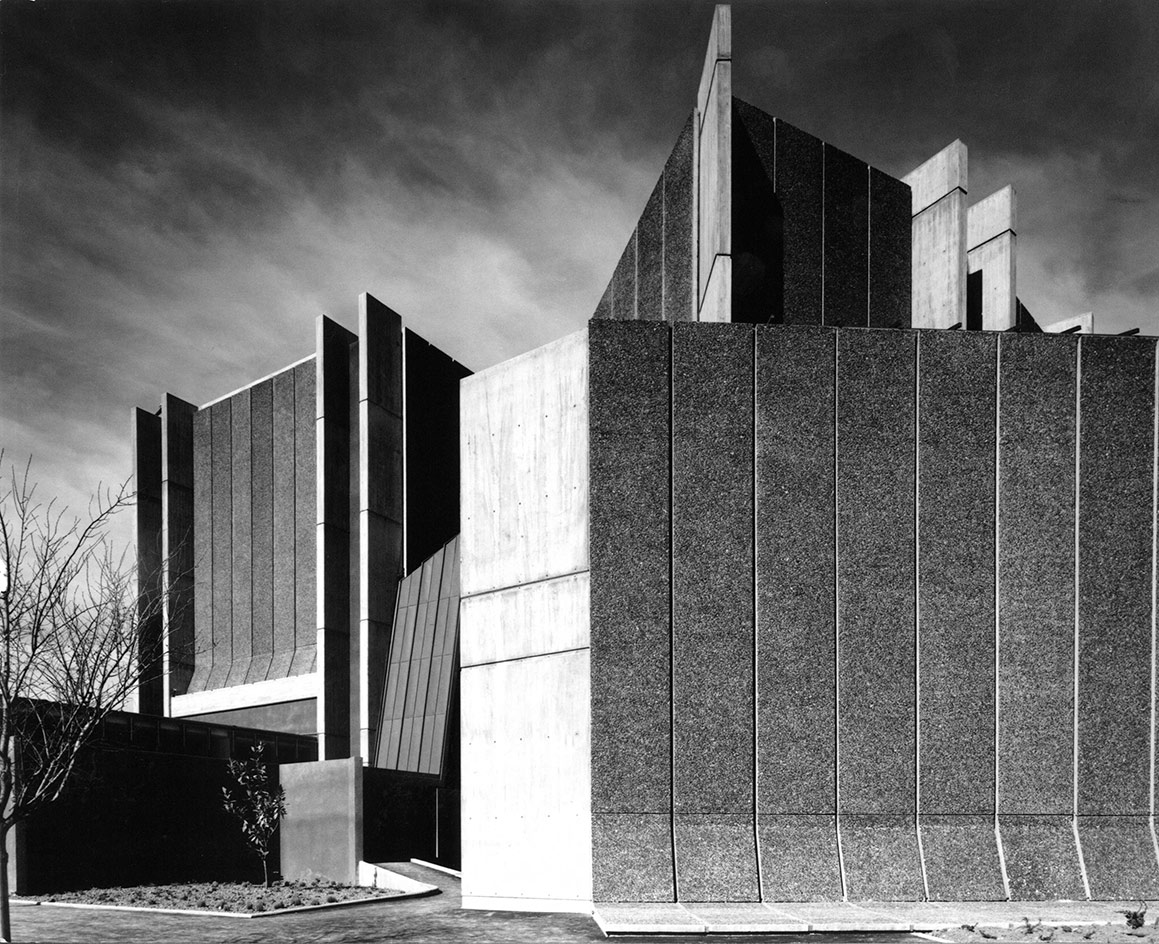
Completed in 1972, the Christchurch Townhall comprises a 2600-seat main auditorium, the 1000-seat James Hay Theatre, a stage box, two conference rooms, a riverside restaurant and pre-function foyer area. When it opened, it began a new era for modern civic architecture in New Zealand
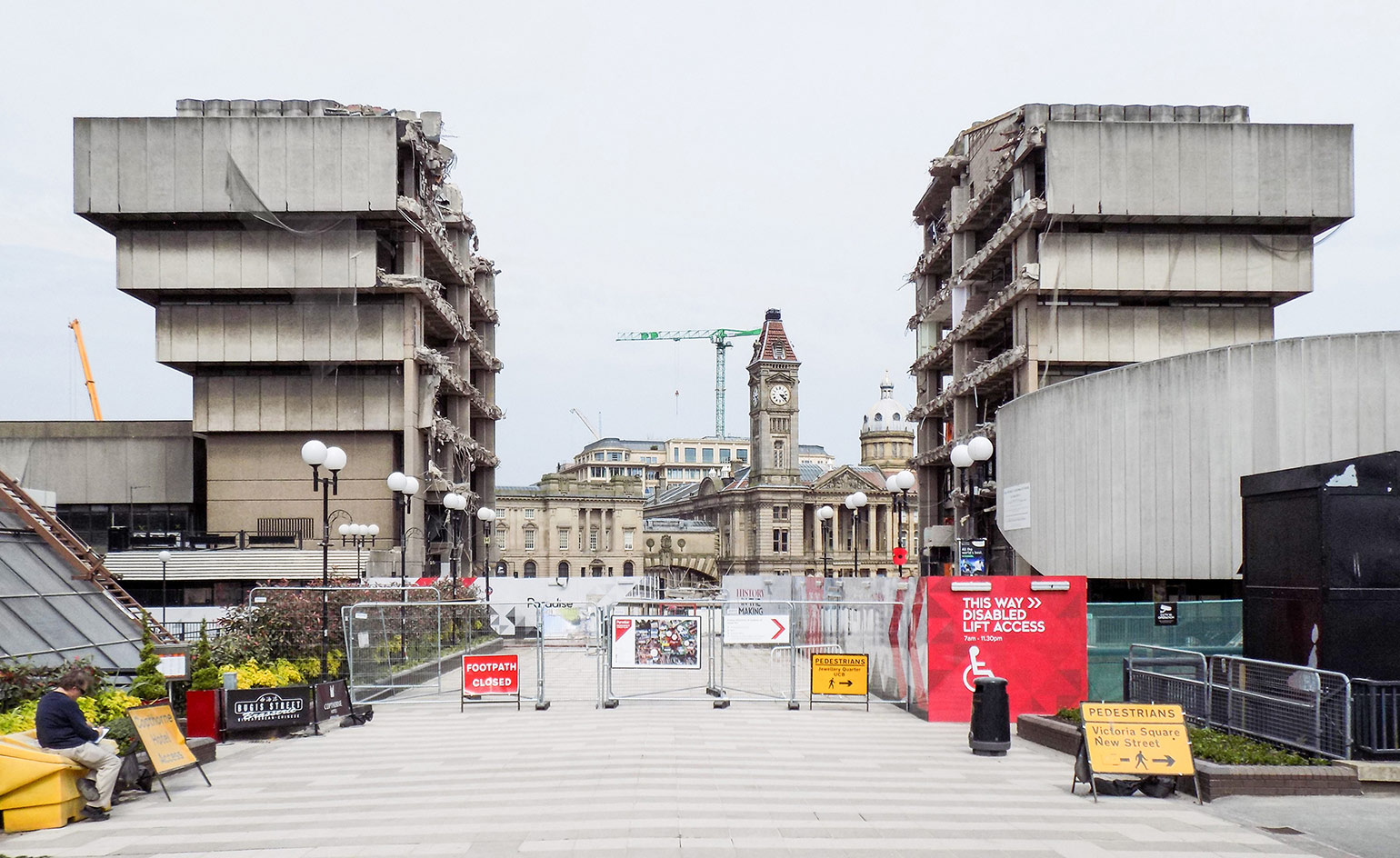
The Birmingham Central Library, which stood between 1974 and 2016 – the building failed to get listed status in the UK

This high rise named La Pyramid in Abidjan, Ivory Coast has now gone into disrepair
INFORMATION
Finding Brutalism and SOS Brutalism: A Global Survey are published by Park Books and Redefining Brutalism is published by RIBA Books
Receive our daily digest of inspiration, escapism and design stories from around the world direct to your inbox.
Jonathan Bell has written for Wallpaper* magazine since 1999, covering everything from architecture and transport design to books, tech and graphic design. He is now the magazine’s Transport and Technology Editor. Jonathan has written and edited 15 books, including Concept Car Design, 21st Century House, and The New Modern House. He is also the host of Wallpaper’s first podcast.
-
 Wallpaper* Architect Of The Year 2026: Lina Ghotmeh, France
Wallpaper* Architect Of The Year 2026: Lina Ghotmeh, FranceAsked about a building that made her smile, Lina Ghotmeh – one of three Architects of the Year at the 2026 Wallpaper* Design Awards – discusses Luis Barragán’s Capuchin Convent Chapel and more
-
 What do creatives pin to their walls? Artists from Tracey Emin to Michael Stipe reveal all
What do creatives pin to their walls? Artists from Tracey Emin to Michael Stipe reveal allAn exhibition at Incubator gallery, London, asks 42 creatives what is tacked to their studio walls – here are some of their pin-ups
-
 A local’s guide to Florence: 9 unmissable haunts
A local’s guide to Florence: 9 unmissable hauntsOur contributing editor Nick Vinson spends half the year in Florence. Here, he takes us on a tour of his don’t-miss diversions
-
 In addition to brutalist buildings, Alison Smithson designed some of the most creative Christmas cards we've seen
In addition to brutalist buildings, Alison Smithson designed some of the most creative Christmas cards we've seenThe architect’s collection of season’s greetings is on show at the Roca London Gallery, just in time for the holidays
-
 The Architecture Edit: Wallpaper’s houses of the month
The Architecture Edit: Wallpaper’s houses of the monthFrom wineries-turned-music studios to fire-resistant holiday homes, these are the properties that have most impressed the Wallpaper* editors this month
-
 David Kohn’s first book, ‘Stages’, is unpredictable, experimental and informative
David Kohn’s first book, ‘Stages’, is unpredictable, experimental and informativeThe first book on David Kohn Architects focuses on the work of the award-winning London-based practice; ‘Stages’ is an innovative monograph in 12 parts
-
 This modernist home, designed by a disciple of Le Corbusier, is on the market
This modernist home, designed by a disciple of Le Corbusier, is on the marketAndré Wogenscky was a long-time collaborator and chief assistant of Le Corbusier; he built this home, a case study for post-war modernism, in 1957
-
 Richard Seifert's London: 'Urban, modern and bombastically brutalist'
Richard Seifert's London: 'Urban, modern and bombastically brutalist'London is full of Richard Seifert buildings, sprinkled with the 20th-century architect's magic and uncompromising style; here, we explore his prolific and, at times, controversial career
-
 Louis Kahn, the modernist architect and the man behind the myth
Louis Kahn, the modernist architect and the man behind the mythWe chart the life and work of Louis Kahn, one of the 20th century’s most prominent modernists and a revered professional; yet his personal life meant he was also an architectural enigma
-
 The Architecture Edit: Wallpaper’s houses of the month
The Architecture Edit: Wallpaper’s houses of the monthFrom Malibu beach pads to cosy cabins blanketed in snow, Wallpaper* has featured some incredible homes this month. We profile our favourites below
-
 A neo-brutalist villa for an extended family elevates a Geneva suburb
A neo-brutalist villa for an extended family elevates a Geneva suburbLacroix Chessex Architectes pair cost-conscious concrete construction with rigorous details and spatial playfulness in this new villa near Geneva